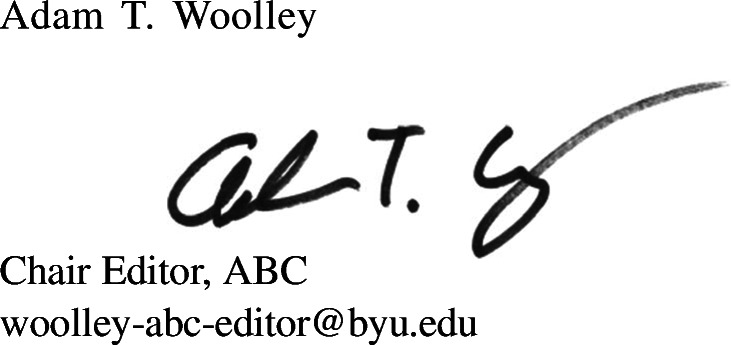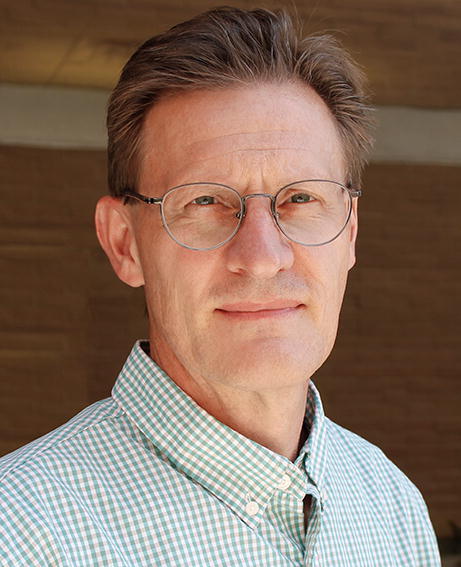The number 2020 has repeating symmetry and almost a poetic sound to it. In the world of eyesight, 20/20 describes “normal” vision: the ability to see clearly at 20 ft distance what an individual with “normal” eyesight can discern from 20 ft away. Unfortunately, I can state with certainty that the year 2020 has defied the description of “normal” thus far. With over 3 million confirmed worldwide cases of COVID-19 and almost a quarter of a million lives lost to the pandemic at the time of this writing, the rapid spread of this virus has been incredibly disruptive, and for many, truly catastrophic. My heart goes out to the numerous individuals who have lost loved ones or whose livelihood is in jeopardy because of this serious health crisis. On the other hand, I am encouraged by heroes in the medical field who put their lives on the line to save others. I have been fortunate to be able to continue working, albeit from home, during this time. I coordinate with my research group, teach my classes, and even stay in touch with extended family through web-based, virtual meetings. I am grateful to use these workarounds, but I very much look forward to the day when “normal,” in-person interactions are once again considered safe and advisable from a public health perspective.
In reality, 2020’s only association with “normal” seems to be a “new normal,” with terms including “social distancing,” “flattening the curve,” and “stay at home” entering our lexicon and teaching us to slow the spread of COVID-19. Those new phrases for 2020 originated from what was learned during the Spanish Flu pandemic a century ago. Such knowledge is possible because “hindsight is always 20/20,” an established saying, which means that consequences or outcomes from actions become obvious in retrospect. Foresight, on the other hand, has no guarantee of being 20/20, and predictions for the future can range from wildly inaccurate to spot-on. For instance, few if any would have predicted on January 1 that in the year 2020 we would have a global health crisis, widespread economic troubles, medical supply shortages, or a rush to develop a vaccine. Yet, here we are, and it’s only 4 months into 2020.
My foresight for the rest of 2020 is that science and medicine will play a central role in managing and mitigating this global pandemic. Work to develop pharmaceutical treatments and many parallel approaches to create a COVID-19 vaccine will move forward at a faster pace than has ever been seen. Testing capabilities will also expand in an unprecedented manner. Better and faster nucleic acid tests for active infection will emerge, as will more rapid and accurate antibody assays for prior exposure. Chemists, and notably those with expertise in chemical analysis, are well poised to contribute in solving these and other issues that face our world in 2020 and beyond. On behalf of analytical and bioanalytical chemists, I say, “challenge accepted!”

Adam T. Woolley
is Chair Editor of Analytical and Bioanalytical Chemistry, and University Professor in the Department of Chemistry and Biochemistry at Brigham Young University in Provo, UT, USA. His research focuses on 3D-printed integrated microfluidic devices for biomarker measurement, analytical systems for the identification of bacteria and antibiotic resistance genes in sepsis, and biotemplated fabrication of nanomaterials with electronics applications.
(Photo credit Yao Kuang Lee)


